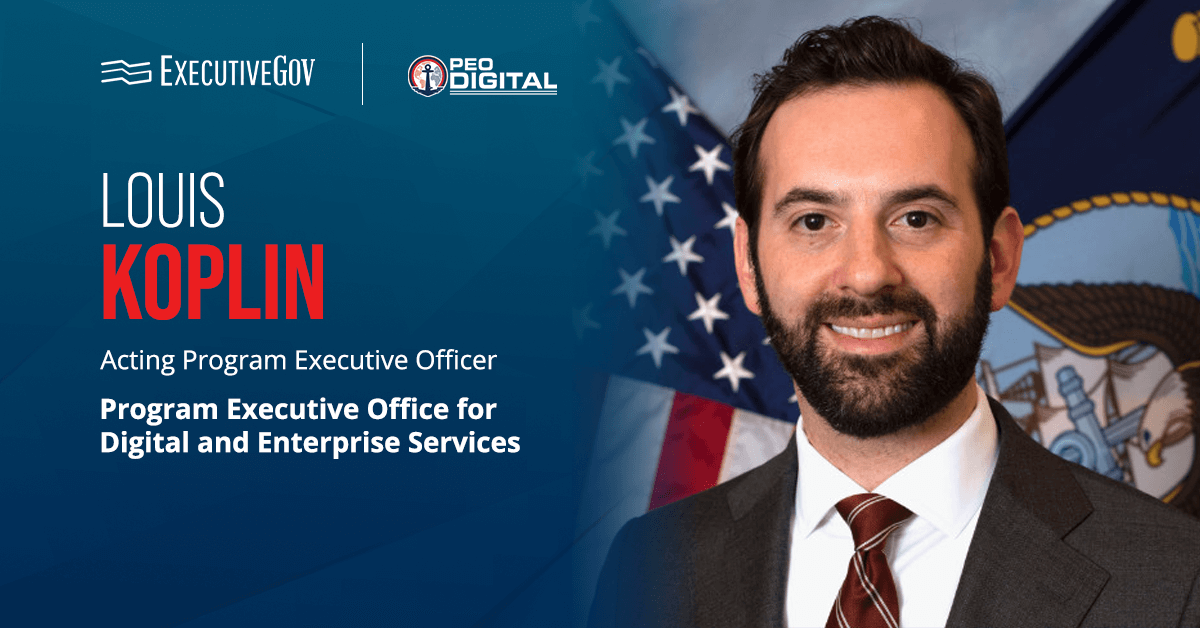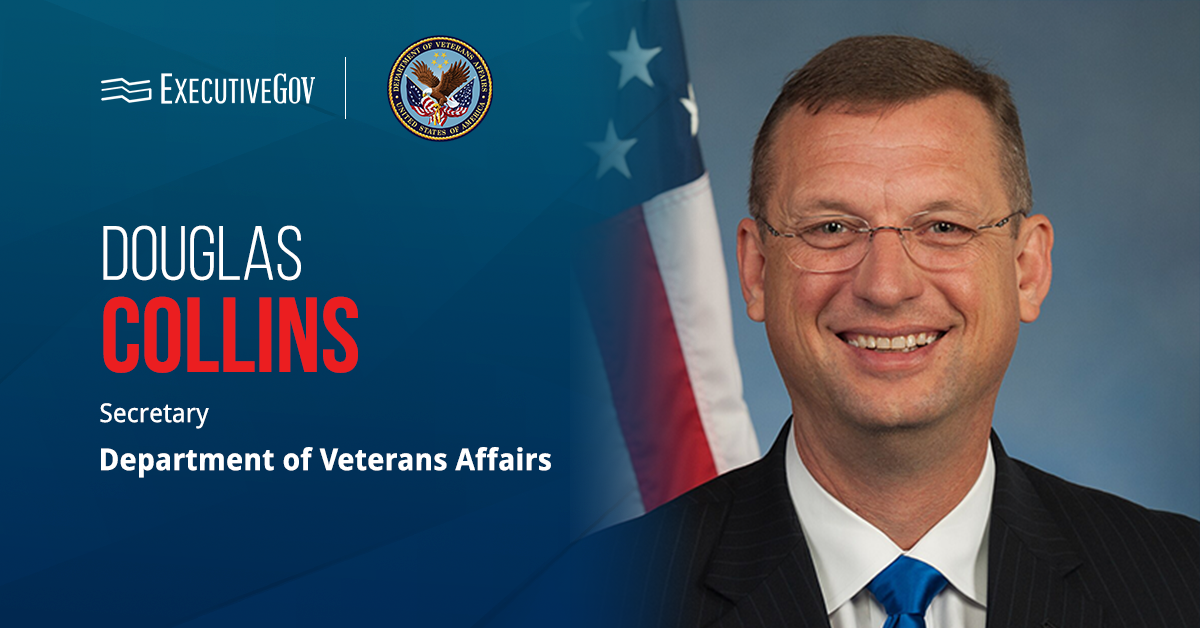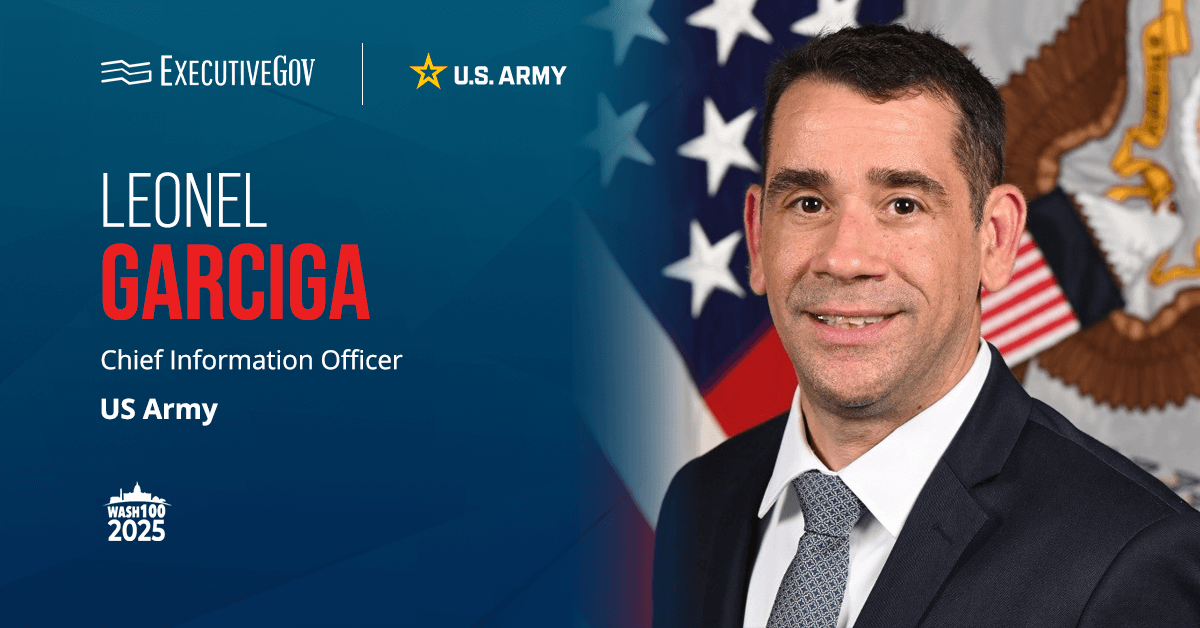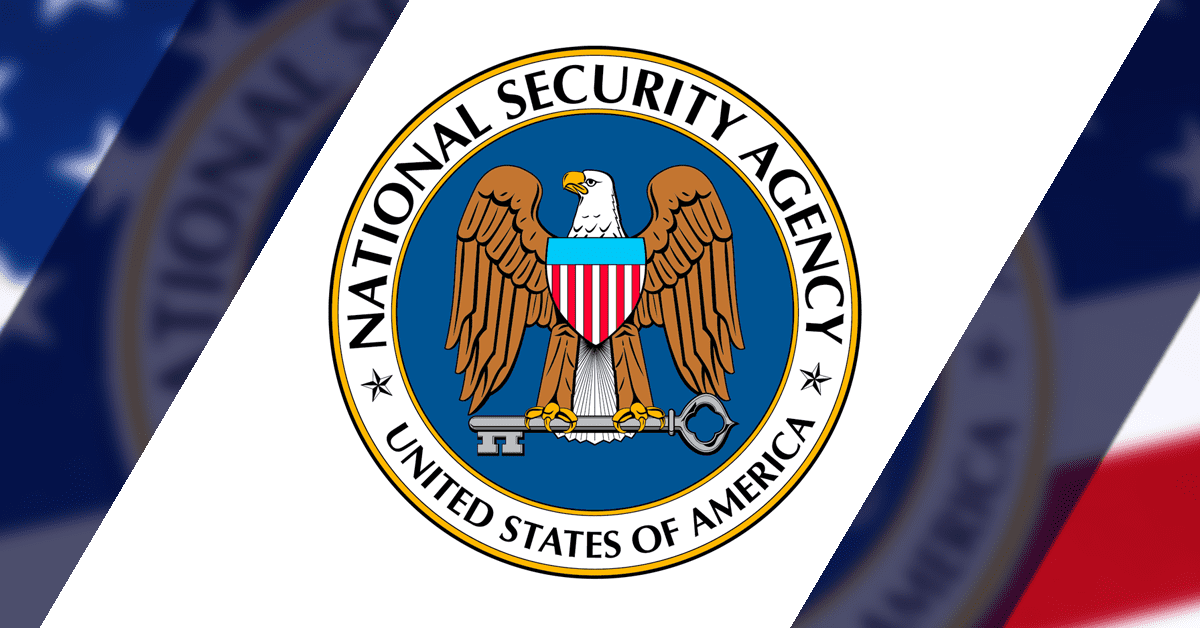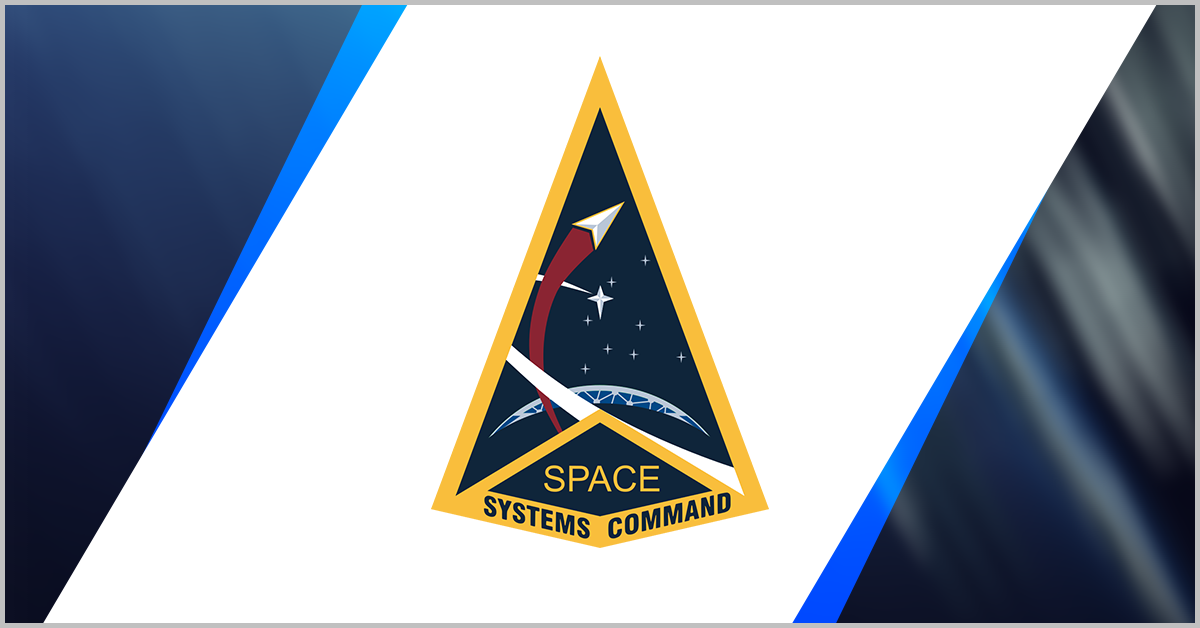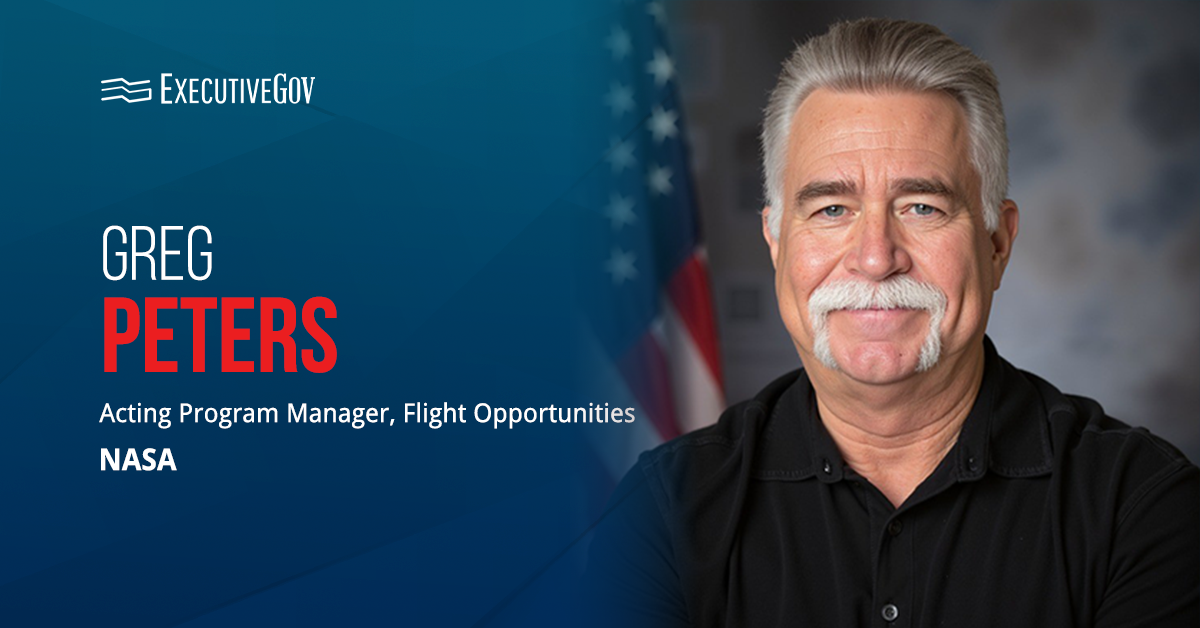Louis Koplin, the acting program executive officer for the U.S. Navy PEO Digital and Enterprise Services, spoke at the recent West 2025 conference, where he discussed his organization’s progress with Flank Speed and how those achievements is enabling the pursuit of other goals, Federal News Network reported Tuesday.
Table of Contents
Flank Speed & Zero Trust
Flank Speed is a Department of the Navy Impact Level 5 unclassified Microsoft Azure and Microsoft 365 cloud implementation, which last year achieved 151 out of the 152 requirements for zero trust. According to Koplin, this accomplishment potentially allows for more advanced cyber capabilities as well as other data and workloads.
Naval Deployment
Plans are now also in motion to deploy Flank Speed onto Navy ships, an effort dubbed as Flank Speed wireless. The aim is to use a hyper-converged infrastructure through Azure hubs to bring Flank Speed to naval vessels as a kind of software package. Koplin said the pilot effort has been successful.
Possible Use Cases
“It can satisfy a lot of different use cases. Obviously, it can offer hosting, but even in a cloud-enabled environment, it still provides a certain amount of resiliency and local caching for high intensity hubs and sites like that. And afloat what we’ve been able to do is take that and pair it with a wireless connectivity solution that rolled out a sailor edge afloat and ashore. Flank Speed Wireless is a wireless extension of that,” the PEO Digital leader said.


